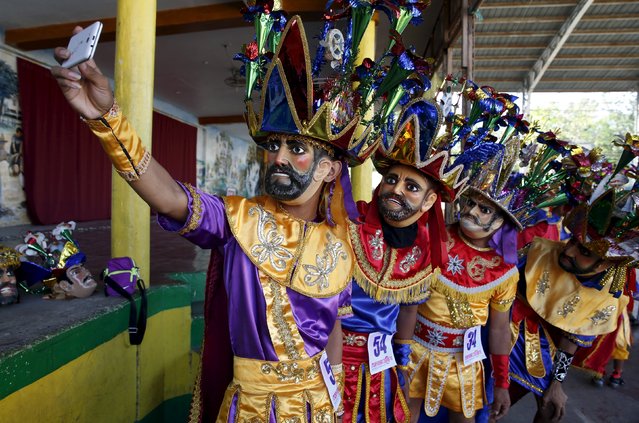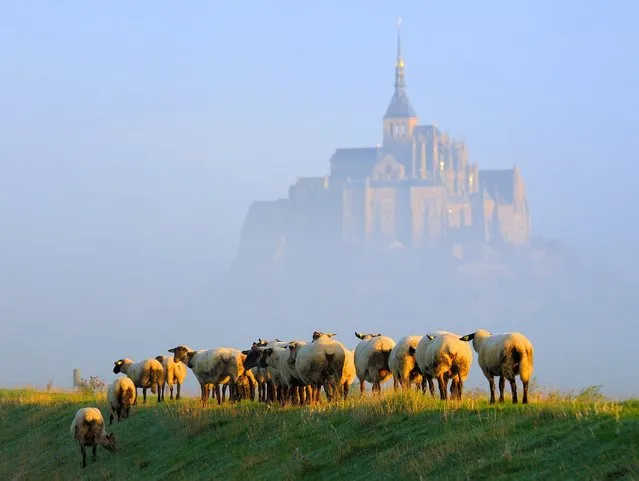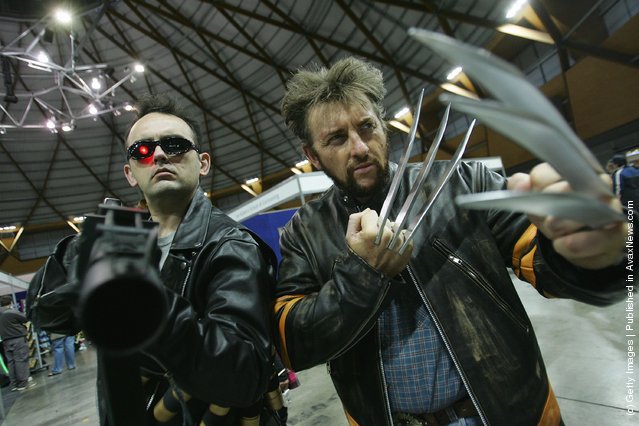
Boys and younger men from the Ilosvai Selymes Peter folk dance group pour buckets of cold water on a girl as they attend the traditional watering of local girls on Easter Monday in Komarovce, Velke Trakany, Slovakia on April 10, 2023. During Easter Holy Week, the ancient tradition of Easter sprinkling known as “watering of the girls” when Hungarian boys visit their female friends, recite poems, and pour water on them, and in exchange the girls offer the boys food and drink. (Photo by Robert Nemeti/Anadolu Agency via Getty Images)
20 Aug 2024 03:44:00,post received
0 comments






